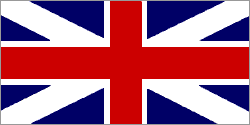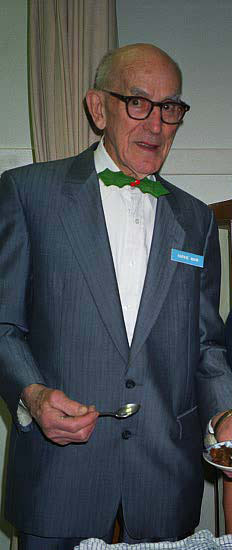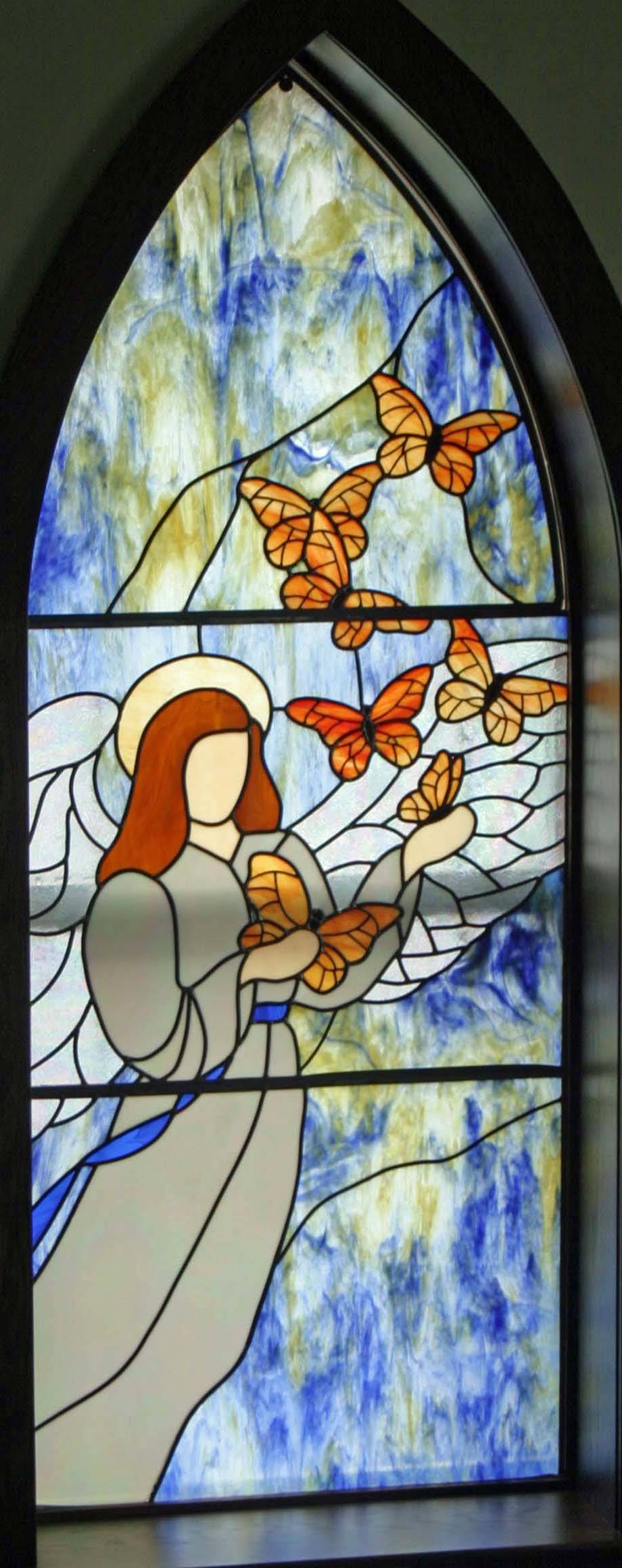history
- JABEZ COLLVER
JABEZ COLLVER
PART ONE!
In this area, Presbyterians have had a continuous history since 1793. Rev. Jabez Collver, a native of New Jersey, had been ordained there without the benefit of theological training - he learned his profession by following it. He must have been a man of great physical vigour and mental force, because at the age of 64 years he decided to face the hardships of pioneer life in the wilds of Canada, having been promised grants of land in Norfolk County as a United Empire Loyalist. His wife Anna and seven sons and one daughter accompanied him with their own families. He built the first log cabin in Windham Township and it served as a manse or church as the occasion required. The county was only forest then but with a small number of settlers, and he formed a Presbyterian congregation the year of his arrival in 1793. Submitted by Jean Aitken
JABEZ COLLVER
PART TWO!
As settlers arrived in this area, Jabez Collver visited them on foot (or snowshoes), in a saddle, or in a rough cart. A huge cow-bell on the old mares's neck gave notice of his approach and enabled him to find her when he was ready to start out again. He received no pay for his labours, but was content to share a settler's frugal meal, and even sleep on a shake-down on the floor. Tradition says, however, that once at least, his people presented him with a fine linen shirt, which was likely made according to Dutch-American custom from the type of linen provided by women of the congregation for the communion service. He continued preaching almost to his death in 1818 in his 88th year. He and his wife and family were buried in what afterwards became Old Windham Churchyard. His parish was "the wilderness"; his reward the Master's "Well done". Submitted by Jean Aitken
FlagsThe First Union Flag, which came into being in England in the year 1606, is the flag which symbolizes the heritage of the United Empire Loyalists. Created at the command of James 1 of England (formerly James VI of Scotland), it symbolized the unity of those two countries under his rule. The flag was composed of the Cross of St. George, patron saint of England (a red cross on a white background), and Cross of St. Andrew, patron saint of Scotland (a diagonal white cross on a blue background). By 1707, the flag, then known as the Union Jack, was accepted without question as the flag of the British Empire.
This flag was flown on the ships of such explorers as Henry Hudson and James Cook. It flew from the ramparts of the Hudson's Bay Company trading posts and the British military forts all over the world. The forces of Gen. James Wolfe and Col. George Washington marched behind this flag during the Seven Years War in America and it replaced the French "fleur-de-lis" on the fortifications of Louisburg and the Upper Town of Quebec when those strongholds fell to the British in 1758 and 1759, respectively. It flew from the masts of the ships, which brought the despised tea belonging to the East India Company to Boston in 1773.When the Continental Congress of the Thirteen Colonies adopted the "Stars and Stripes" in 1777, forces loyal to the British government continued to display the Union Jack. Indeed, the Union Jack still flies at Colonial historic sites in the United States. When the United Empire Loyalists left the United States for their new homes in British North America, they brought their flag with them. Col. John Graves Simcoe, the first Lieutenant-Governor of Upper Canada, one of the colonies created because of the arrival of the Loyalists in British North America, saluted the Union Jack when he opened the first parliament at Newark (Niagara-on-the-Lake) in 1792.


 Dedications
DedicationsBunty Cameron loved music; she was talented and gifted. She developed that talent to the best of her ability and in the spirit of a child of God, she gave of herself, not for a season, but for a lifetime. Her piano accompaniments, and her piano-organ duets, gave inspiration to our congregation for almost 50 years. It is most suitable that this sanctuary piano be dedicated to the Glory of God in her memory. The offertory "Jesus Christ is Risen Today"was a well-loved Easter duet that Bunty and Ian played. Bunty's grandniece, the soloist for the service was the first soloist to be accompanied on the new piano. The piano was dedicated on Feb. 24, 2001

Dedication of the Carillon Bells
Harvie Main was a dedicated churchman and long term member of St. Paul’s. He was also one of the more memorable members of the church. He had an inquisitive mind, a whimsical sense of humor and he was the ultimate “tinkerer”. In his later years at St. Paul’s, he expressed his regrets that St. Paul’s had never installed bells in the Bell Tower.
In 2007, in memory of Harvie, his wife Ellen made a memorial donation to St. Paul’s to install a Bell Carillon system in the Bell Tower. The system is a wonderful addition to the church. It has a library of more than 150 pre-programmed hymns. it chimes on the hour, and it calls people in the community to worship on Sunday mornings
In May of 2008 the system was dedicated at a special Worship service.










